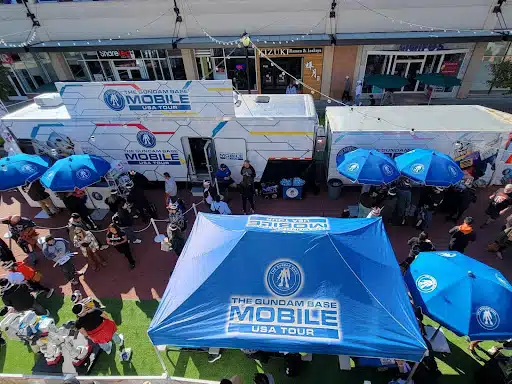On this blog we’ve been discussing what will be required if you want to create a truly three-dimensional brand: a brand that your customers are happy to interact with and share with their friends and family.
But while we’ve shared some valuable tips for accomplishing this, there is no more important goal of creating a three-dimensional brand than to establish an emotional connection with your audience. When your message resonates with the emotions of your customers and target audience, your brand creates not only a loyal following, but an active following that is happy to do business with you. It’s time to ask yourself what emotions your brand creates and what emotions you can create with your brand.
Don’t Always Confuse Activity with Emotions
While many companies want to believe that they’re creating an emotional connection with their target audience, they may simply be confusing their customers’ emotions with their activity. Yes, it’s nice to receive customer feedback on a specific product or service—but feedback that isn’t driven by a healthy emotional connection between you and your customers won’t be of much use at all.
Of course, some customer activity does indicate a genuine emotional connection. Look foor when your customers start going to bat for you—recommending you to their friends, writing tweets and status updates about how they enjoyed your product or service—you know that you’ve created a real connection.
Getting Experiential with Your Advertising Campaigns
One of the fastest ways to be sure whether or not you’re generating an emotional connection with your customers is to talk with them directly. No, not by email, Facebook, or Twitter—actually talk to them in person. Design a mobile trade show. Plan a product demonstration. Offer them product samples. Start talking to customers to get a sense for how they relate to your brand. The more you extend a sincere invitation to engage with your customers, the more likely they are to reciprocate. This means generating a connection beyond traditional advertising: it means getting experiential.
When customers tell you directly what they’re looking for and how they feel about your brand, you have a much better idea of where your brand stands. A three-dimensional brand looks for these real, honest connections and feedback. If you want to start building a three-dimensional brand of your own, it’s time to seek that feedback yourself.



